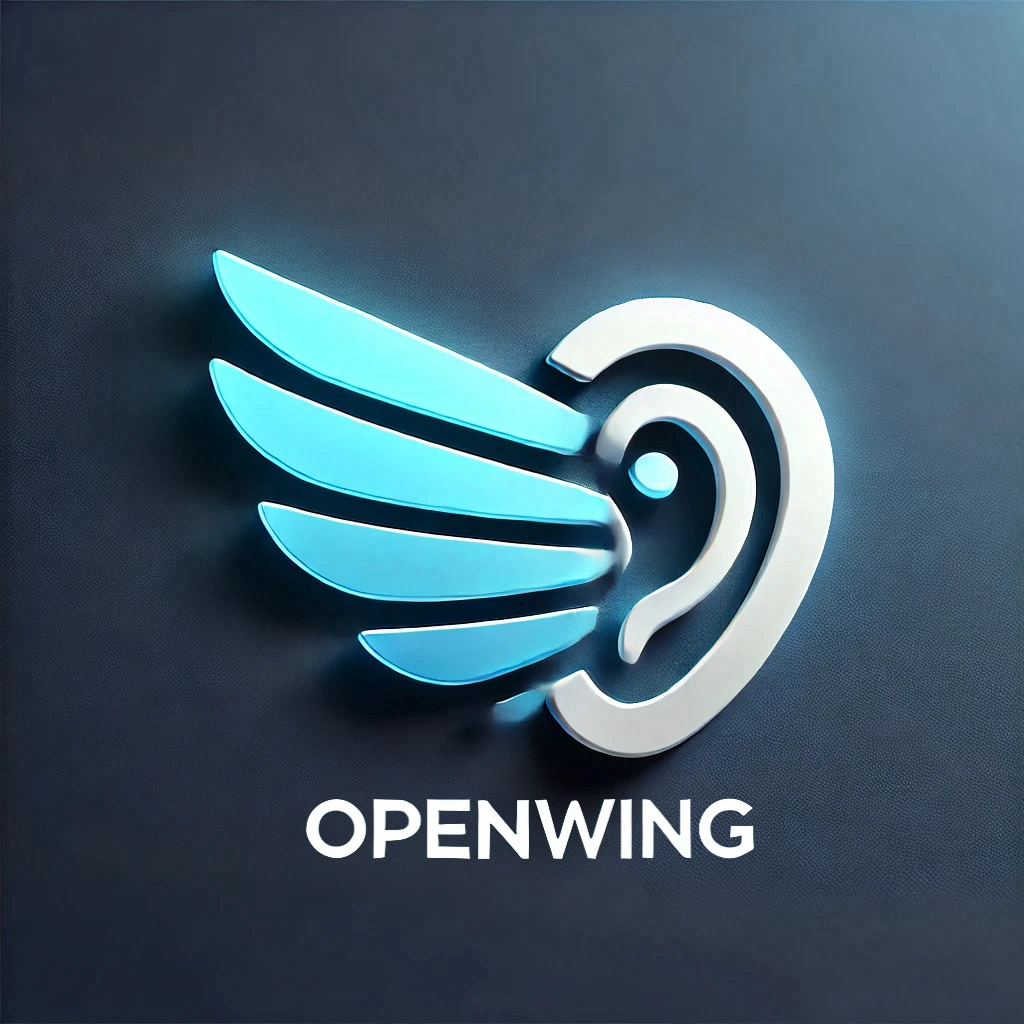The DCLM-7B, a newly released model, is known for its fully open sourced foundations with robust performance in NLP tasks. Estimating its installation size involves examining several key aspects.
Firstly, the model’s architecture needs to be considered. DCLM-7B, consisting of 7 billion parameters, suggests a significant footprint. Typically, each parameter of a model like DCLM-7B, which uses 32-bit floating-point precision (FP32), requires four bytes of storage. Thus, a rough calculation would estimate the installation size to be:
Installation Size=7×109 parameters×4 bytes/parameter=28 GB\text{Installation Size} = 7 \times 10^9 \text{ parameters} \times 4 \text{ bytes/parameter} = 28 \text{ GB}Installation Size=7×109 parameters×4 bytes/parameter=28 GB
This size excludes any additional requirements for runtime libraries and dependencies.
Precision Usage and Calculations
However, deploying such a large model on mobile devices necessitates consideration of different precision formats to reduce storage and computational requirements:
- 32-bit Floating Point (FP32):
- Each parameter requires 4 bytes.
- For DCLM-7B: 7 billion parameters×4 bytes=28 GB7 \text{ billion parameters} \times 4 \text{ bytes} = 28 \text{ GB}7 billion parameters×4 bytes=28 GB
- 16-bit Floating Point (FP16):
- Each parameter requires 2 bytes.
- For DCLM-7B: 7 billion parameters×2 bytes=14 GB7 \text{ billion parameters} \times 2 \text{ bytes} = 14 \text{ GB}7 billion parameters×2 bytes=14 GB
- 8-bit Integer (INT8):
- Each parameter requires 1 byte.
- For DCLM-7B: 7 billion parameters×1 byte=7 GB7 \text{ billion parameters} \times 1 \text{ byte} = 7 \text{ GB}7 billion parameters×1 byte=7 GB
By using lower precision formats such as FP16 or INT8, the model size can be significantly reduced, making it more feasible for mobile and edge deployment.
Mobile Deployment Challenges
For mobile deployment, even the reduced sizes can pose a challenge. Modern smartphones, while increasingly powerful, still have limitations regarding storage and processing capabilities compared to traditional computing environments. Therefore, running the full DCLM-7B model natively on a mobile device might not be feasible without additional optimization techniques such as:
- Model Pruning: Removing less important parameters to reduce the model size.
- Quantization: Using lower precision (FP16 or INT8) to decrease memory usage.
- Edge-Cloud Hybrid Approach: Running part of the model on the device and offloading more intensive computations to the cloud.
Hardware Requirements
In terms of minimum hardware requirements, a device would need not only to accommodate the size of the model but also to handle its computational demands. This typically includes:
- Powerful CPU or GPU: Necessary for efficient model inference.
- Ample RAM: To store the model and process input data.
- High-speed Storage: To quickly load model parameters.
For AIoT devices, which often have constrained resources, considering a scaled-down version of the model or optimizing it specifically for edge computing becomes essential.
Conclusion
In conclusion, while the DCLM-7B offers exciting capabilities, its large size necessitates careful consideration of the deployment strategy, particularly when targeting platforms with limited resources such as mobile phones or other AIoT devices. Techniques like model pruning, quantization, and hybrid deployment can help make such advanced AI models more practical for resource-constrained environments. These insights can help developers and enthusiasts make informed decisions about integrating advanced AI models into their projects.

